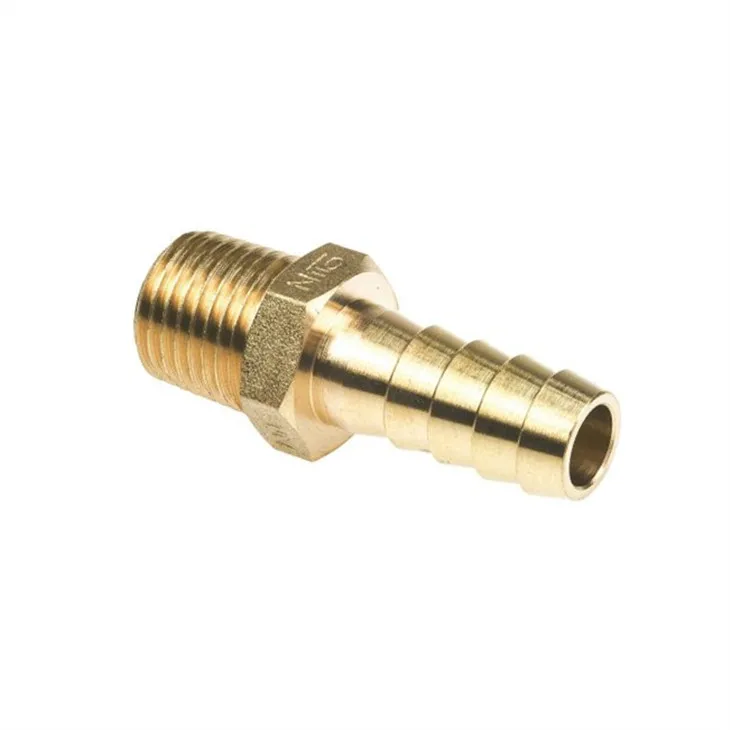

Do not pull and stretch the hose to reach a watering location beyond the length of the hose.Using a wrench to tighten the couplings might stop a leak in the short-term however, it can damage the washer, compromising it for future connections. Normally, tightening the coupling connections by hand is sufficient.

Never overtighten coupling connections.Always inspect the washer for proper placement and clear any buildup on the washer, coupling or faucet.Before reconnecting, loosen any corrosion evident on the hose coupling, standard metal faucet/spigot/hose bib and metal hose attachment caused by weather or environmental elements, which can cause the hose to fuse to the faucet and/or attachment.Disconnect your hose from any standard metal faucet/spigot/hose bib and metal hose attachment and then reconnect at least twice per year to maintain a proper seal of the washer.Leave the hose laid out straight and allow it to heat up during the day.Run water through the hose until the water exiting the hose is cool.Unwind the hose loosely in a circular motion before attaching it to the water source.Check that the washer is properly seated in the coupling that attaches to the water source.Set up your hose outside in temperatures above 70 degrees Fahrenheit to ensure maximum flexibility.As the digital landscape continues to evolve, the role of walled gardens will undoubtedly remain a topic of debate and scrutiny in the realm of technology and digital marketing. While they provide companies with control and monetization opportunities, they can also limit user freedom and interoperability between different platforms. In conclusion, walled gardens represent a closed ecosystem or platform that restricts access to certain content and services from outside sources. One drawback is the lack of interoperability and limitations on accessing content outside the garden.Walled gardens allow companies to retain control over their platforms, user data, and ad inventory.The rise of walled gardens has raised discussions around data privacy, competition, and the concentration of power in the hands of a few major players. These closed ecosystems provide companies with a controlled environment to monetize content, target specific audiences, and foster user engagement. Users may find it challenging to seamlessly transition between different platforms, and there may be limitations on accessing certain content or services that exist outside the walls of the garden.ĭespite the challenges, walled gardens have become a popular strategy for many companies, particularly in the digital advertising industry. However, one of the drawbacks of walled gardens is the lack of interoperability or integration with other platforms. This closed ecosystem approach also allows companies to create a unique user experience and build customer loyalty. By keeping users within the garden, companies can maximize their revenues by displaying targeted advertisements and collecting valuable user data. Walled gardens are often created by companies to retain control over their platforms, user data, and ad inventory. While this creates a seamless user experience, it also means that users are limited to what is available within the Facebook ecosystem. Facebook operates as a closed platform where users can connect with friends, share content, and engage with various apps and services, all within the confines of the Facebook platform.

One of the most well-known examples of a walled garden is Facebook.


 0 kommentar(er)
0 kommentar(er)
